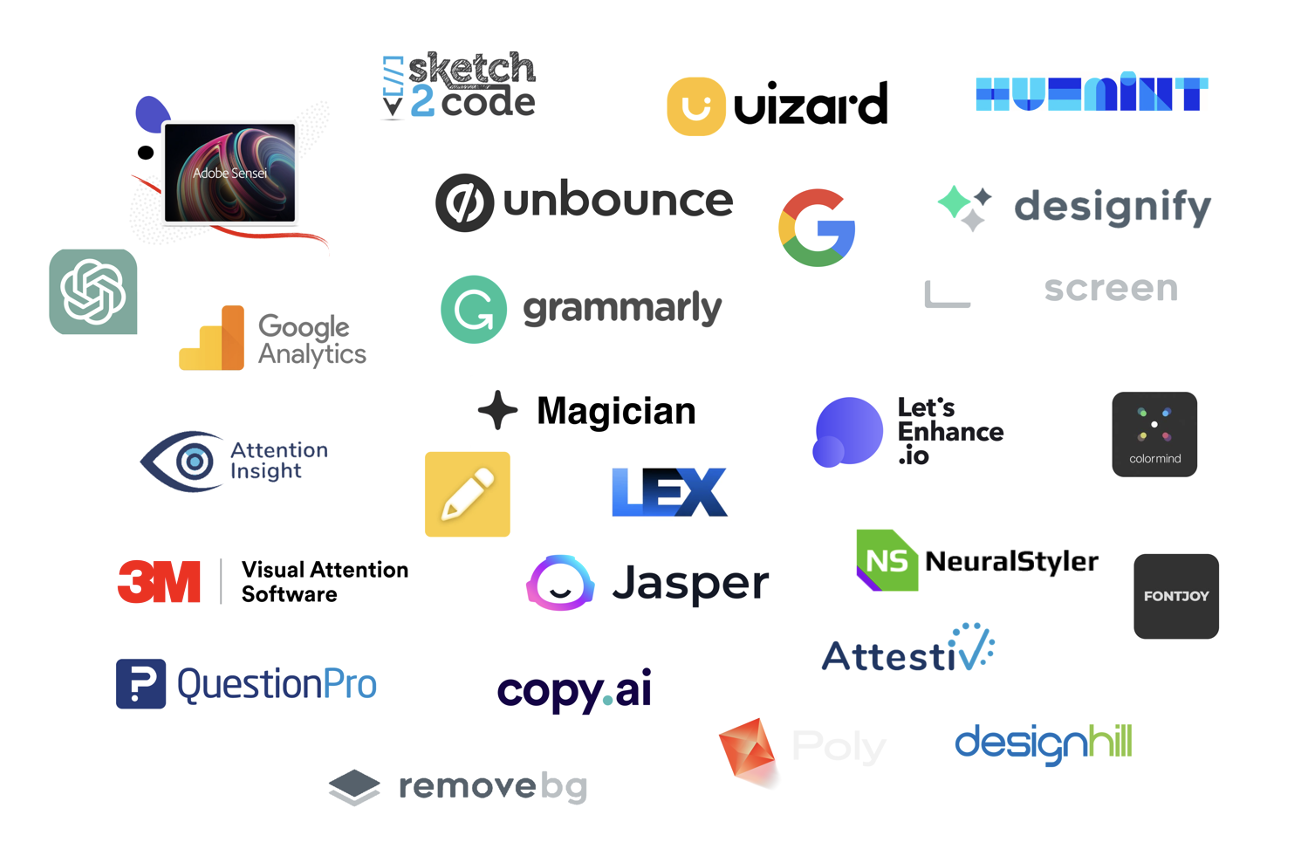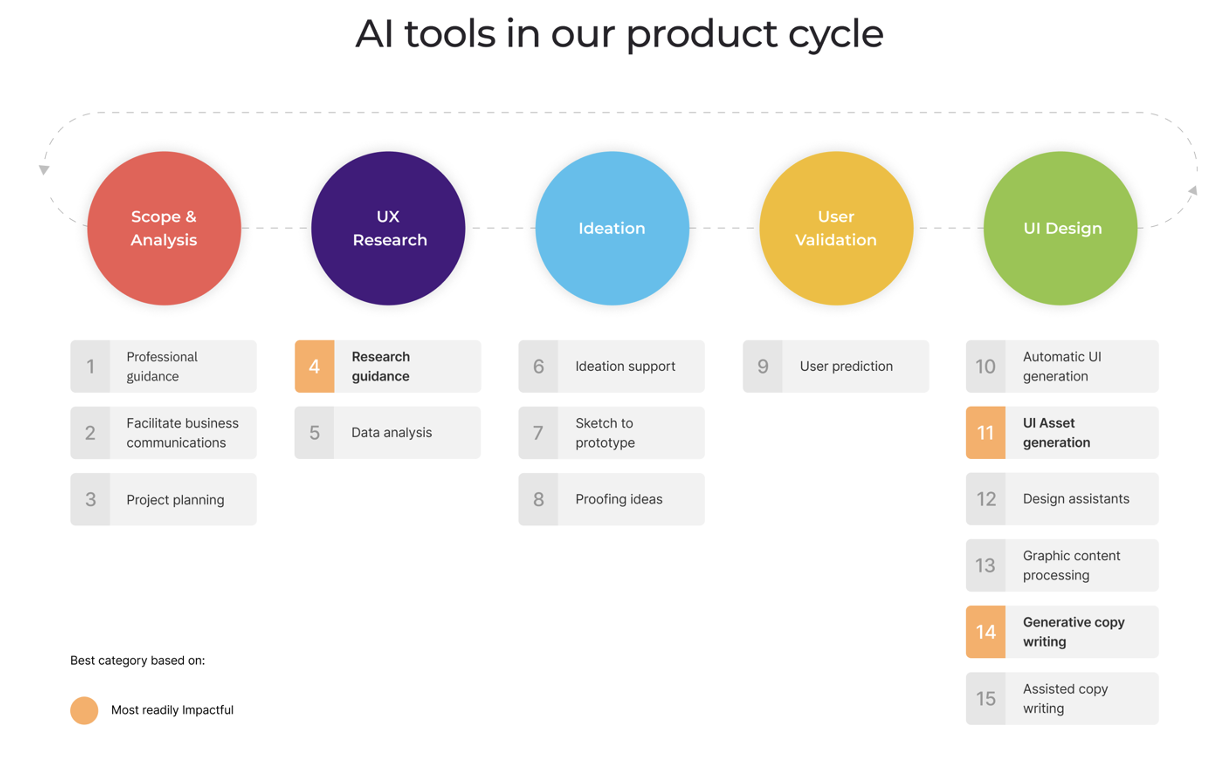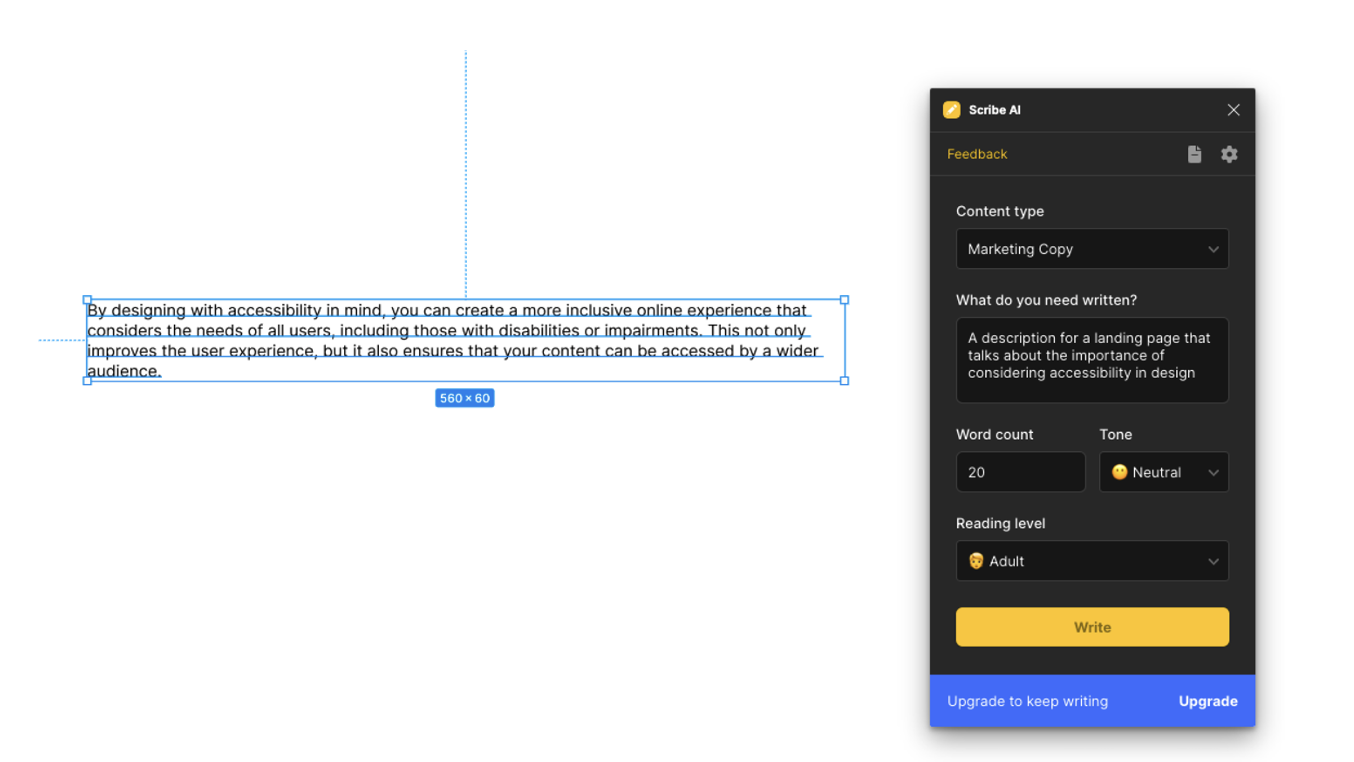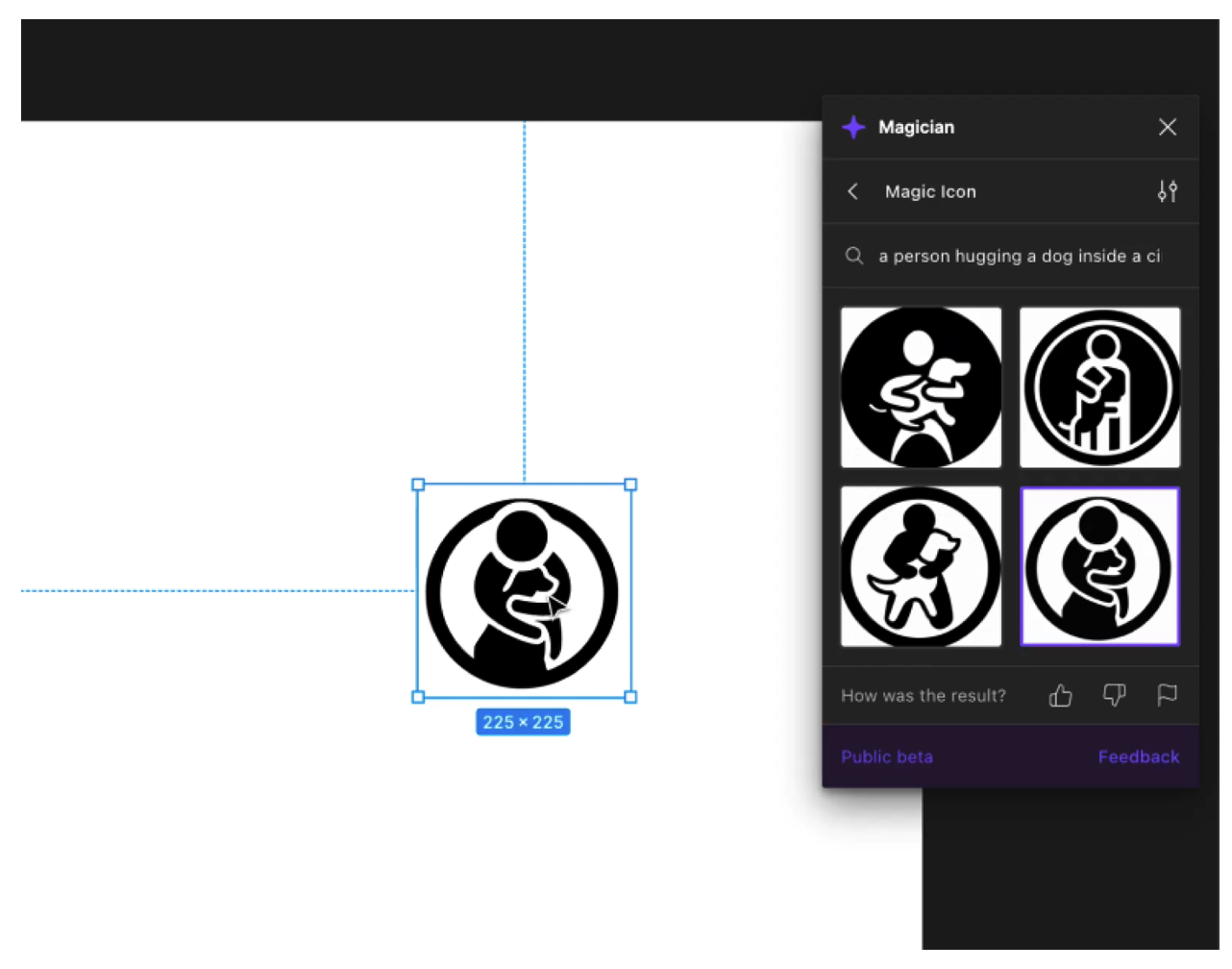Artificial intelligence tools that are already changing User Experience Design
This is part one of a series of blog posts based on our experience researching AI tools as UX Designers. The effort was co-led by Kevin Lopez and Fermín Chávez, both members of our UX Team @ Encora. The latter authors this post, but credit goes to both and the UX Team at large for their contributions.
AI who?
I thought about having Artificial Intelligence (AI) write this. Perhaps give away the revelation in the title, or even better, keep it for the final lines. But that gimmick feels like a dead horse by now. Still, it is representative of something that is common around our AI discussions; to bring up examples of its capabilities that invite sweeping assumptions.
When they show us a piece of artwork and then reveal it was made by an AI model, our lingering conclusion generally is that AI is then capable of anything a human artist is able to produce... That is far from the truth, and a product of the fact that as humans, we are poorly prepared to understand any intelligence different from ours. Yet it feels like we are constantly bombarded by such examples, and it becomes hard to make any sense of the real capabilities of AI. More so in a time where it represents a new fertile ground, and everyone is scrambling for a piece of it.
What is real and what is snake oil in the flashy, saturated landscape that has become AI? Which capabilities have the potential to impact our work, and which are just pipe dreams at the current stage, fueled by private interests? We can only answer for ourselves, as User Experience (UX) professionals.
Taking a snapshot of the AI landscape

Figure 1. These are some of the AI tools with UX applications. The list keeps growing.
The first thing to make sense of the noise is to stop perceiving it as such. And so, we searched. We collected dozens of different AI tools that promised UX applications. We put them to the test, to see how well (if at all) they delivered those promises. We classified, and identified 15 different application areas throughout our Design process. As we discussed, we gathered the team to gain as many perspectives as possible about the different tools and their potential.
What follows is a distillation of all that. We identified several groups of relevant tools and for this piece, we will cover the one we termed “Most readily impactful,” that is, the tools that have the potential to positively impact our productivity not soon, not in the far future, but right now.
AI tools ready for driving UX uplift
What do we mean by readily impactful? A combination of notable performance with a sizeable impact on productivity and potential for growth. These tools are good at what they do; what they do is useful for us, and it is likely they will only get better and better at it. So, who are these wonderful tools? They cover three application areas, let us start with the first.

Figure 2. The three application areas we found most readily impactful and their place in our process.
Copywriting
Copywriting can be one of the more daunting tasks for UX professionals, particularly those not specialized in writing and still expected to deliver it (a common scenario). The quality of the content these tools produce is overall satisfactory with no clear differentiation between them, instead, the differentiator becomes how readily they can integrate into our workflow and run within our platforms. Products like Scribe AI and Unbounce’s Smart Copy can assist UX designers with tasks ranging from generating CTA button label alternatives to more complicated material such as headlines and product descriptions, allowing us to create more effective, engaging, and tailored content that connects with our target audience while saving time and resources and enhancing overall user experience. All of this is possible with just a few keystrokes.

Figure 3. Scribe AI takes ChatGPT's copywriting capabilities and packs them in a useful plugin.
Research Guidance
A capability so far only demonstrated by chatbots like ChatGPT, research guidance involves refining research questions, selecting methods, following best practices, and creating application scripts. These are delicate tasks for which most UX designers have little time available, which translates into a significant impact on productivity when handled by AI. Unlike copywriting, this space lacks dedicated tools or platform integration. Beyond those, a desired quality for UX professionals would be the ability to access and properly reference emerging methods and techniques, a specialization current chatbots lack.
UI (User Interface) Asset generation
Apart from copywriting, all other use cases within the User Interface (UI) stage of our process consistently underperformed upon testing. Tools either failed to yield better or even comparable results to those possible to achieve by a competent UX Designer not relying on them or seriously underdelivered on their promised capabilities. The only exception was UI Asset Generation. This includes automating the creation or selection of commonly used assets like fonts, icons, color palettes, images, and others.
Font pairings and suggestions are welcome but not a lot of tools address them, Fontjoy was found to be one of the few providing font-pairing suggestions while palette-specialized tools were a letdown and palettes were best created by chatbots. Images and others are restricted in their applicability since we tend to work with real-world photographs or approved content.
The best value was offered in icon generation, a common task for UX designers that can be simplified by these tools. Magician.design offers platform integration with Figma and creates satisfactory, ready-to-use icons. It goes beyond that, including copywriting and image generation, making it one of few tools (beyond chatbots) capable of serving several application areas.

Figure 4. Magician expedites icon generation.
Where this all leads
We are in the middle of a gold rush when it comes to AI, and more capable tools are made public each day. OpenAI just released GPT-4, the new iteration of the model that powers ChatGPT. Diagram, the company behind Magician.design is already working with it to improve its suite. By the time you are reading this, more tools would have been launched. The sense of urgency, of having to adapt or be left behind is justified. But it does not mean rushing for the next thing that claims to be revolutionary. Much like in a gold rush, the promises of success are highly exaggerated. Nor does it mean sitting and letting it pass as if it was a temporary fad. AI is now part of our world, and we must figure out its role in it.
This exploration was not just to take a snapshot and stop for the day, but to find our place within the new landscape, to adopt new tools consciously. The ones we just discussed? We are already working with them, characterizing their impact as we incorporate them into our process. That is not all of it, for we have talked of the tools impacting our work right now, but what about the ones just below the horizon? Join us next time to talk about the tools that will reshape our work soon.
About Encora
Fast-growing tech companies partner with Encora to outsource product development and drive growth. Contact us to learn more about our software engineering capabilities.